- About us
- Support the Gallery
- Venue hire
- Publications
- Research library
- Organisation chart
- Employment
- Contact us
- Make a booking
- Onsite programs
- Online programs
- School visit information
- Learning resources
- Little Darlings
- Professional learning
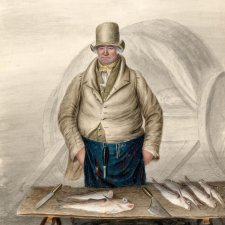
The late Georgian and early Victorian working classes often bought their food in ale-houses, chop-houses and ‘penny pie shops’, or purchased their meals day after day in the streets.
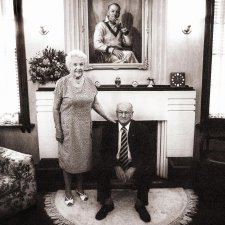
Childhood sweethearts
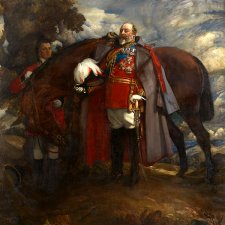
King Edward Terrace was named in honour of King Edward VII (1841-1910)
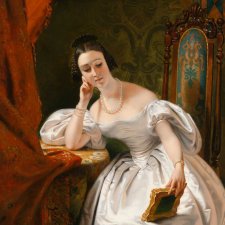
Is he thinking of me?
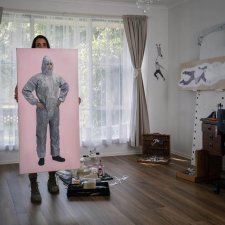
Baby Guerrilla is a street artist based in Naarm/Melbourne. Her exquisite large-scale drawings of figures made into paste-ups celebrate humanity.
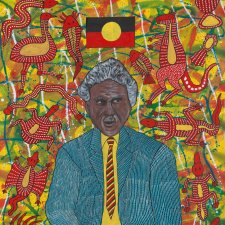
Explore portraits of those who had a Canberra suburb or street named after them. For primary students.
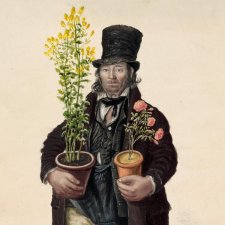
The National Portrait Gallery is calling on family history enthusiasts and amateur historians to tell it more about the people in its new show, Dempsey’s People: A folio of British street portraits from 1824-1844.
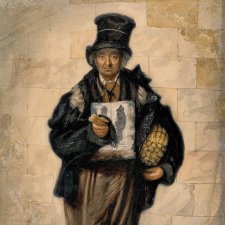
A rare and enchanting collection of 52 portraits of British street people will be on display for the first time in the National Portrait Gallery’s winter show, Dempsey’s People: a folio of British street portraits 1824-1844.

View the full collection of portraits in the exhibition.
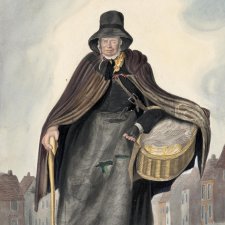
The National Portrait Gallery is calling on family history enthusiasts and amateur historians to help reveal more about the people in Dempsey’s People: A folio of British street portraits from 1824-1844.
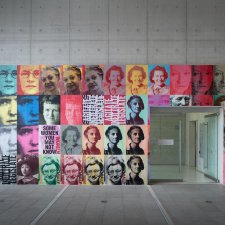
‘Everybody’s lives are built by so many influences, and for me, it is writers, artists and activists who have influenced how I think about the world.’

Directions for walking to the Gallery from Civic.
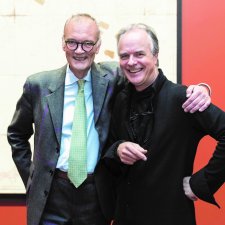
National Portrait Gallery Director Angus Trumble is ending his five-year tenure with a flourish, after announcing that Gallery publication Dempsey’s People: A Folio of British Street Portraits 1824-1844 has been awarded the 2018 William MB Berger Prize for British Art History.
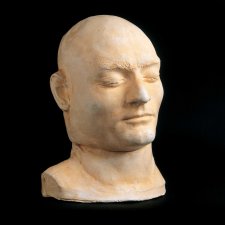
Waxworks were among the various types of entertainment venue to emerge in Australian cities in the mid-nineteenth century.
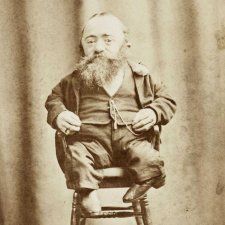
Many performers availed themselves of the services of photographic studios, posing for carte de visite portraits that served as souvenirs and as instruments in the making of renown and notoriety.
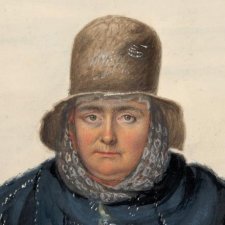
These full-length figures in watercolour, gouache and pencil date mostly from the 1820s, and almost all come from the collection of the Tasmanian Museum and Art Gallery, Hobart.